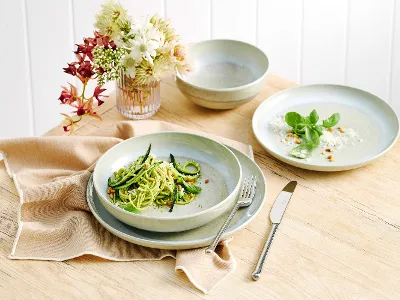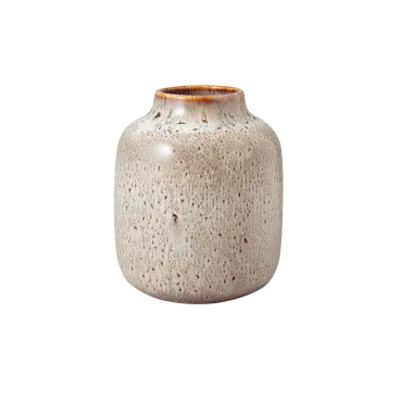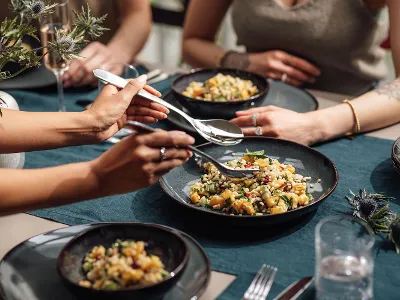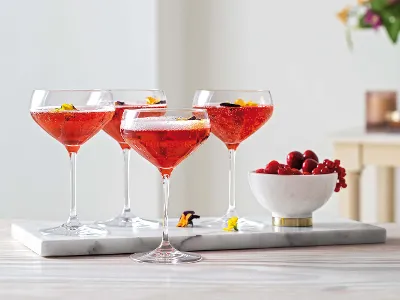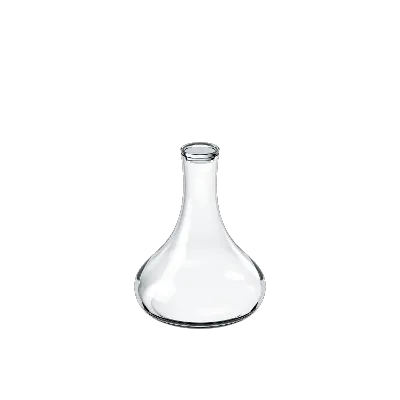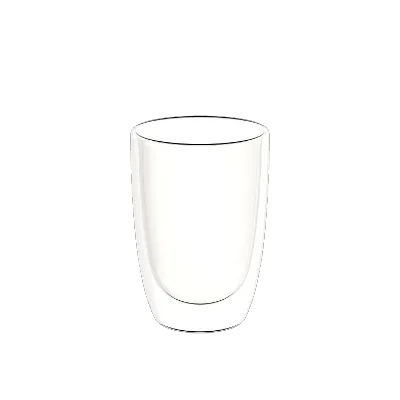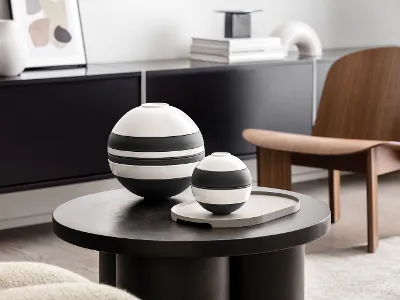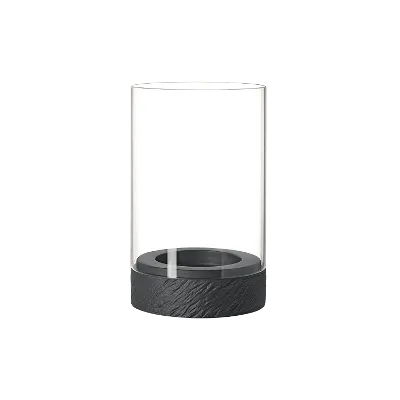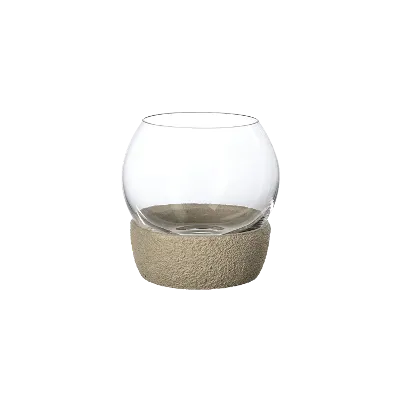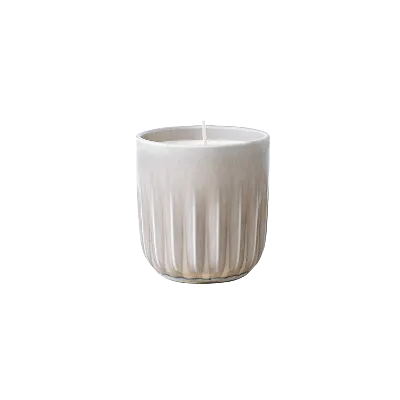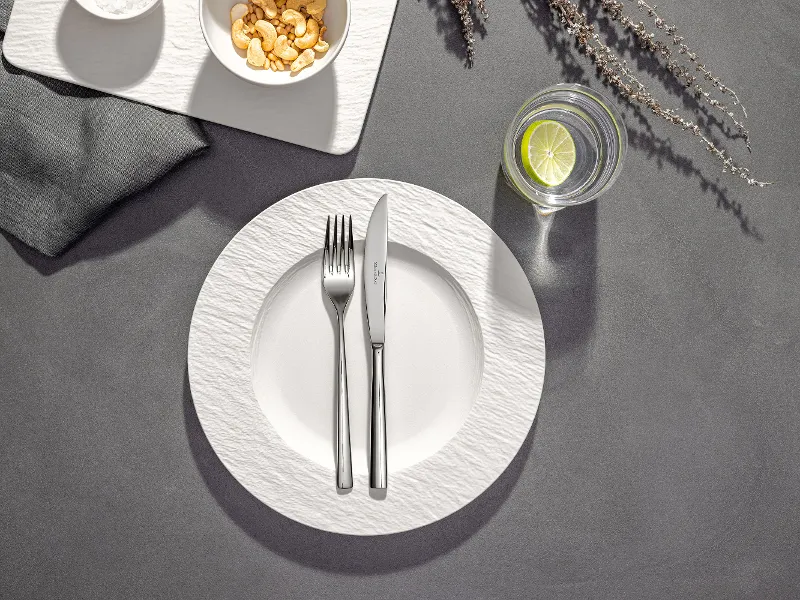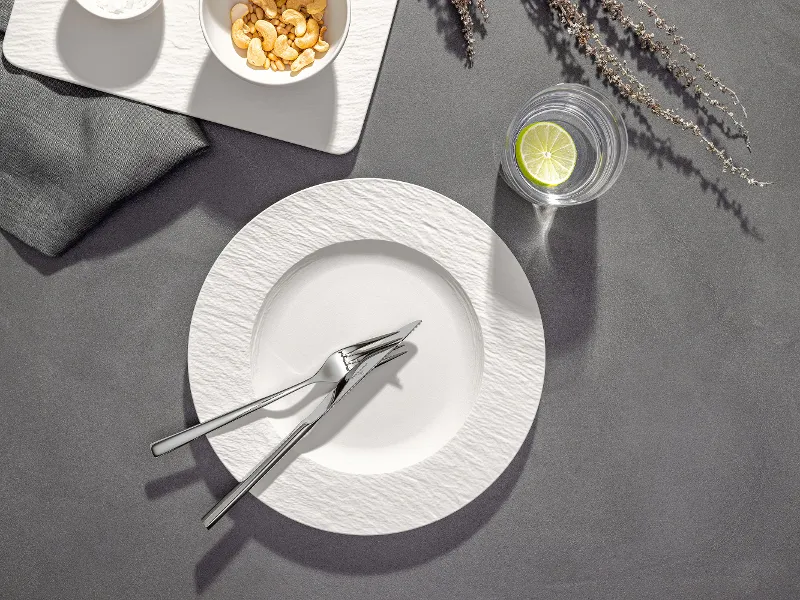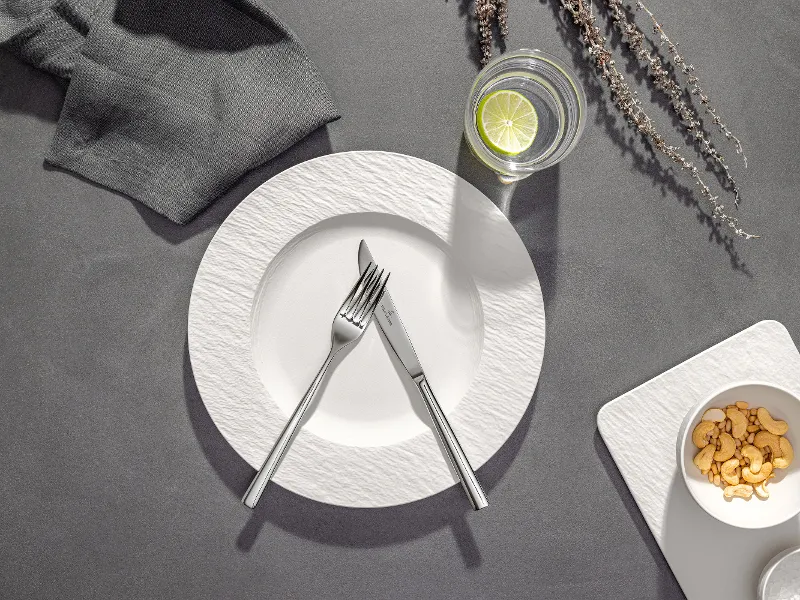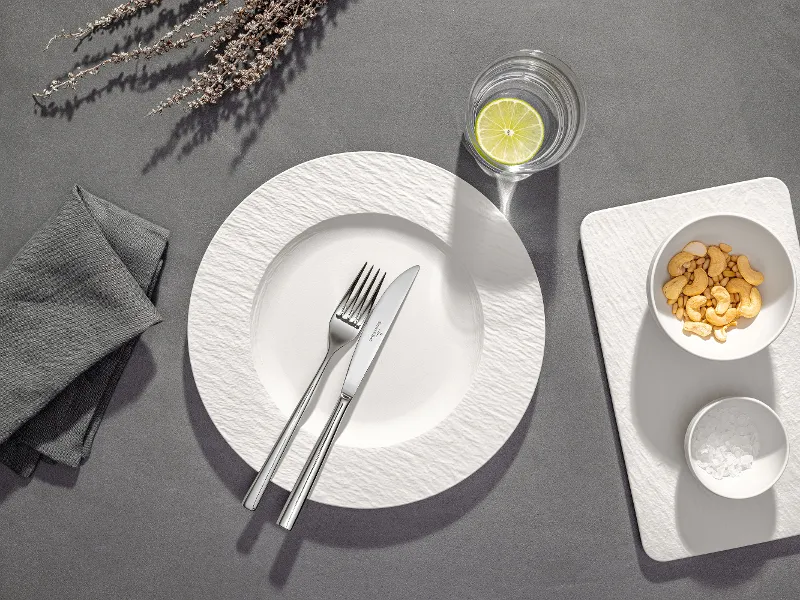Order cut off dates for Christmas Deliveries:
15 Dec for WA, SA & NT | 18 Dec for all other states
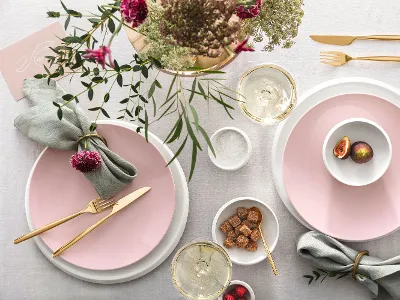
Coverage language
Content
At a glance
Explanation of the language of cutlery according to Knigge
Meaning of the various cutler codes
Tips and tricks for correct cutlery setting
Other important rules from etiquette
The language of cutlery and what it means
Would you like to learn how to set cutlery correctly? What to do with your knives, forks and spoons? Perhaps you’ve been in a restaurant and the waiter has cleared your plate away when you just wanted to take a short break from eating? This could be because you placed your cutlery incorrectly. But don’t worry – you're not alone. The rules around cutlery are less well known nowadays.
The rules for the correct positioning of cutlery are over 200 years old. German writer Adolph Franz Friedrich Ludwig Freiherr Knigge devised a form of cutlery language designed to smooth interactions, especially in restaurants. The correct positioning of cutlery lets you communicate silently with the serving staff, without having to interrupt your conversation.
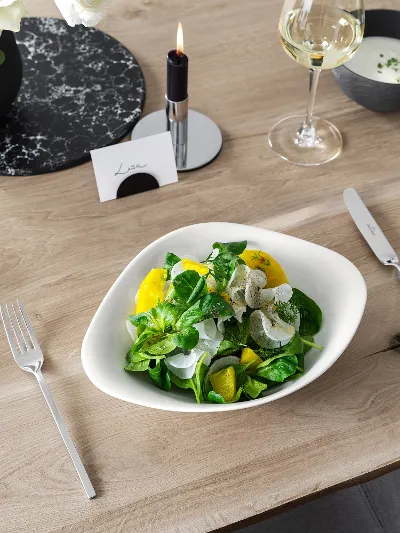

Setting cutlery correctly
How to use cutlery at the table?
In addition to cutlery etiquette, the author also felt it was important to explain how to arrange cutlery on the table. According to Knigge, the fork should be placed to the left and the knife to the right of the plate (cutting edge facing inwards). The spoon should be placed to the right of the knife. A cake fork and a small spoon can be placed above the plate. If there are several courses, and therefore several pieces of cutlery next to the plate, the general rule is to work from the outside towards the inside.
Incidentally, both forks and knives are always set, but not always used. According to Knigge, cutlery should be used appropriately. Potatoes, for example, should be cut up with a fork (not mashed!) rather than sliced with a knife. This custom dates back to earlier times, when the knife blades were not yet made from stainless steel and were rather blunt. Later, knives had steel blades, which were sharper. However, potatoes, eggs, fish and asparagus took on an unpleasant steel flavour.
Info
In general, knives are designed for cutting and not for pushing food
Etiquette, tips and tricks
Setting knives, forks and spoons correctly
Are you keen to learn more about Knigge’s rules for placing cutlery in a restaurant, to enable wordless communication with the serving staff? We have summed up everything you need to know here.
The best way of illustrating how to place your knife, fork and spoon correctly during and after a meal is to refer to a clock face. The fork and knife represent the hour and minute hands.
If you want to take a break during your meal and avoid serving staff clearing your plate away, it is important to position your fork and knife correctly. Place both pieces of cutlery uncrossed on your plate so that the knife blade and fork prongs touch the plate, with the handles resting on the edge – in the “twenty past eight” position.
The spoon is one exception in the cutlery placement rules. The soup spoon is normally served on a saucer. You should also place it there during a break or after eating.
Cutlery etiquette
What other points should you consider?
You now know how to place cutlery correctly and understand the language of cutlery. But Knigge had some other rules for using cutlery.
First, it is important never to use your cutlery to serve yourself from a plate or bowl. This is regarded as careless and unhygienic. Separate forks and spoons should be used for this. If these are not provided, you can ask the waiting staff to bring them.
Another no-go is gesticulating with your cutlery. It is considered bad manners to wave cutlery around at the table. You should therefore always place your cutlery on your plate before engaging in a lively conversation.
